Kecak Dance at Uluwatu Temple: History, Story & Guide The Kecak Dance isn’t just another Balinese performance — The Kecak Dance isn’t just another Balinese performance — it’s an ancient tale of love, war, and devotion told through fire, rhythm, and voice. With no musical instruments, only the power of human chant, this dance is one of the most mesmerizing art forms in Indonesia.
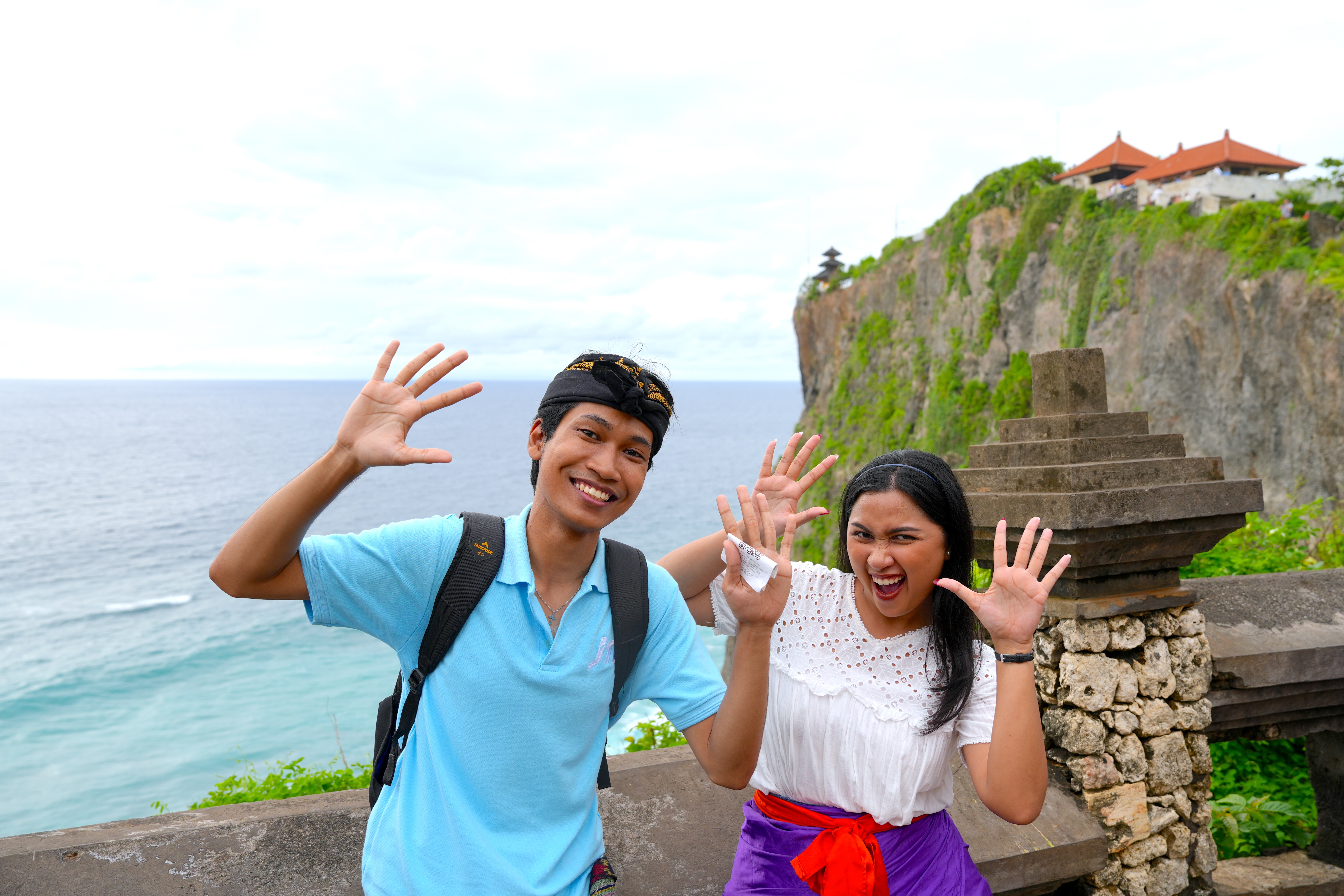
And there’s no better place to witness it than Uluwatu Temple, perched high above dramatic ocean cliffs. As the sun sets behind the performers, the atmosphere becomes electric.
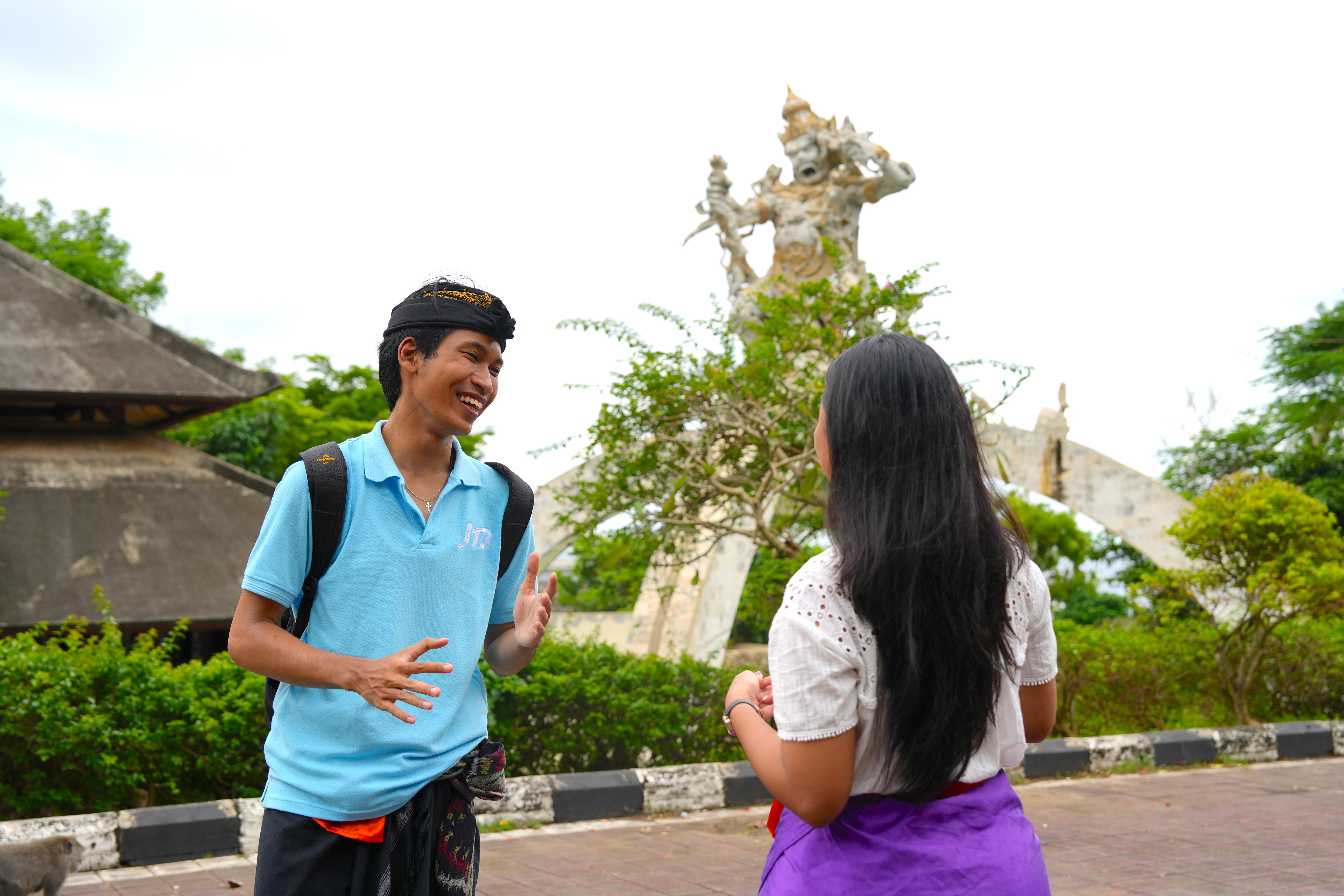
Whether you’re a history lover, cultural explorer, or simply seeking a magical evening in Bali, this guide has everything you need — from the dance’s origins to the Ramayana storyline, and how to book your seat easily through Kura-Kura Bus.
Introduction
If you’re planning a trip to Bali and want to truly connect with the island’s soul, watching the Kecak Dance is an experience you shouldn’t miss. Unlike modern stage performances, the Kecak Dance is deeply rooted in Balinese Hindu traditions — combining spiritual ritual, mythological storytelling, and raw human energy in a way that captivates the senses.
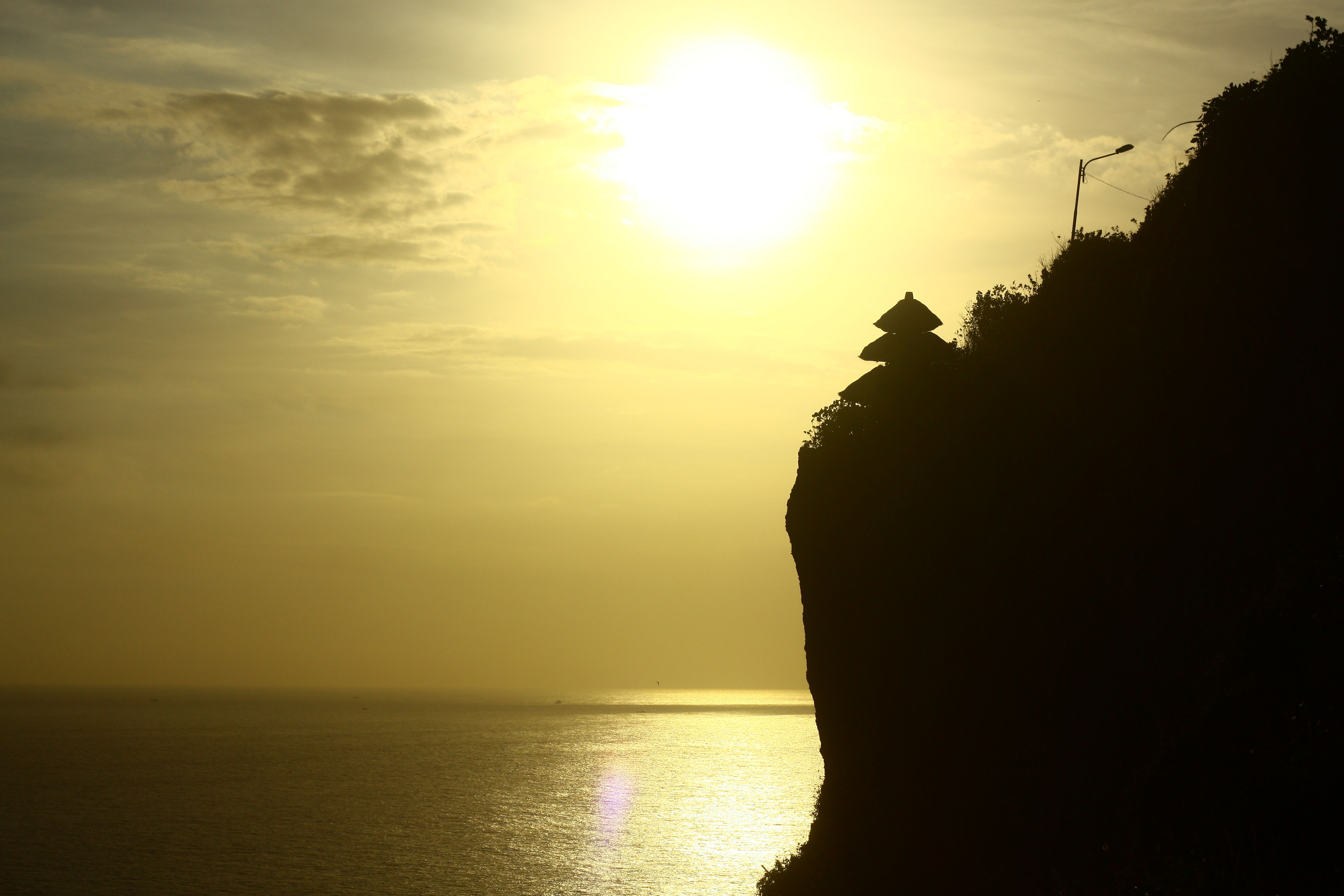
The performance takes place in a semi-circular open-air amphitheater, often with no stage — just a circle of chanting men who serve as both the orchestra and the pulse of the story. The most iconic place to see it is at Uluwatu Temple, perched on a towering cliff 70 meters above the ocean. As the sun dips below the horizon and the sky turns golden, the setting becomes almost otherworldly.
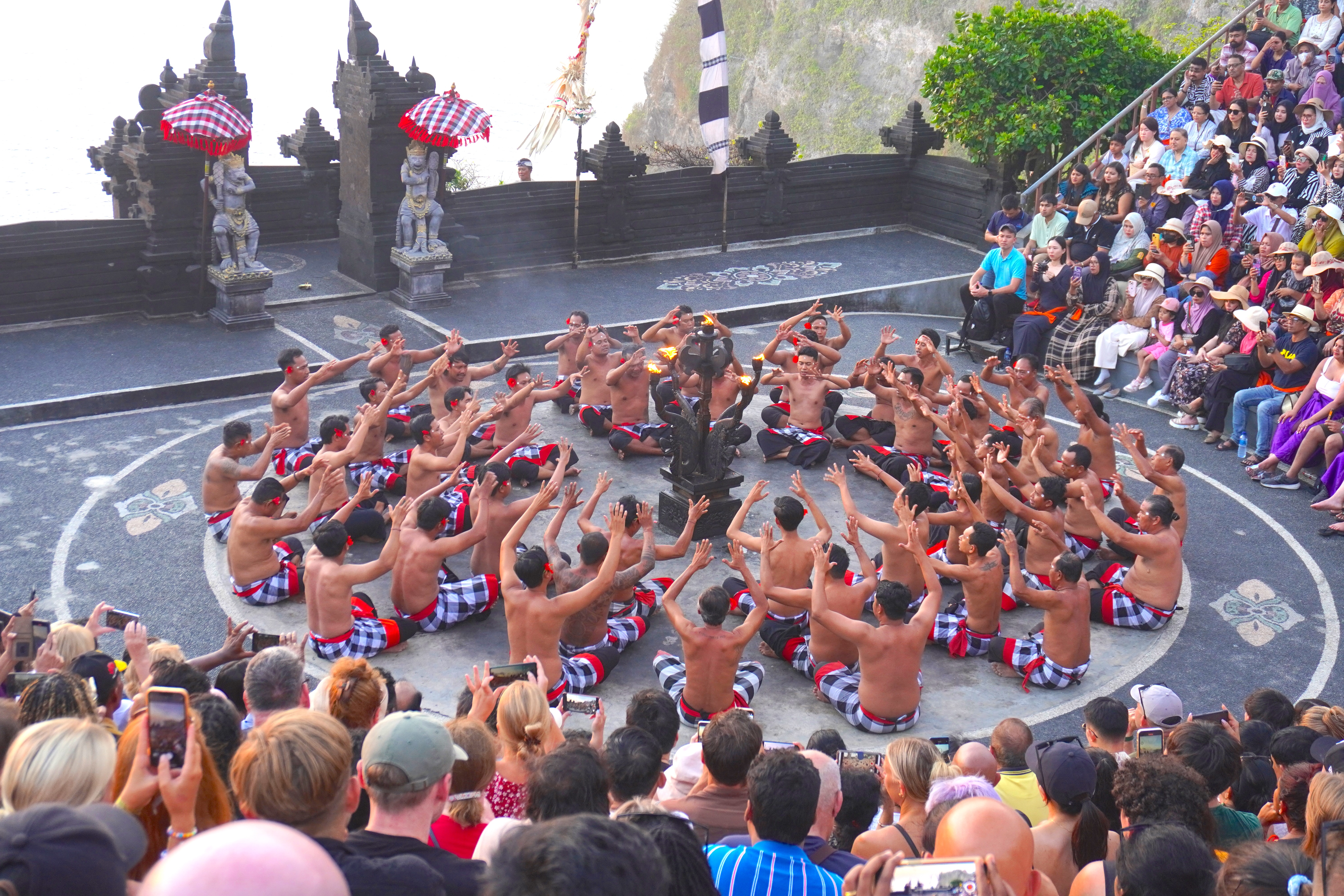
Here, under the open sky and against the crashing waves, you’ll witness a tale of ancient love, loyalty, and war unfold through rhythmic chanting, firelight, and dramatic choreography. It’s not just a performance — it’s a moment that immerses you in Bali’s spiritual rhythm.
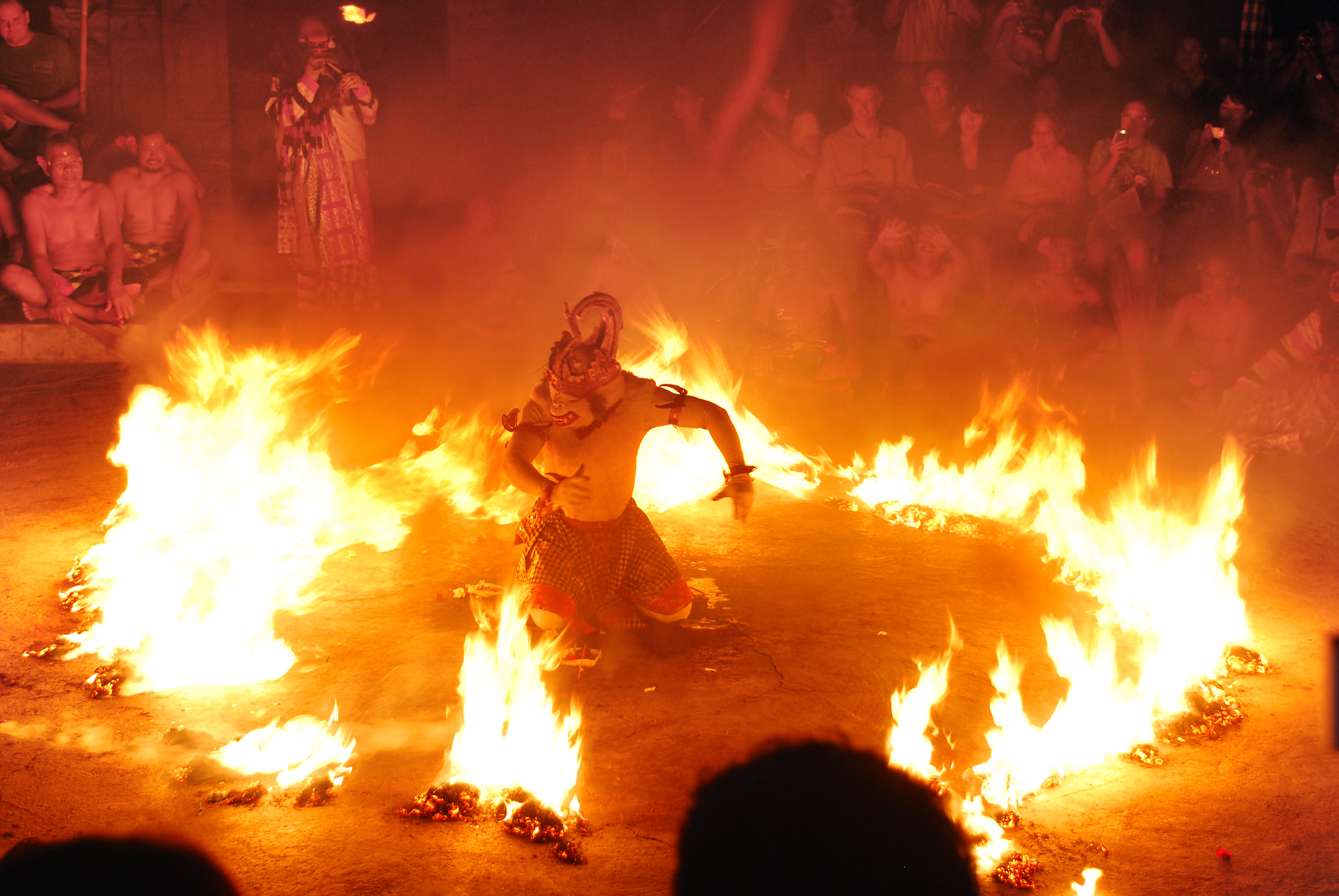
Whether you’re drawn to traditional culture, stunning visuals, or simply looking for a meaningful evening activity, the Kecak Dance offers a uniquely Balinese memory that lingers long after the final chant fades.
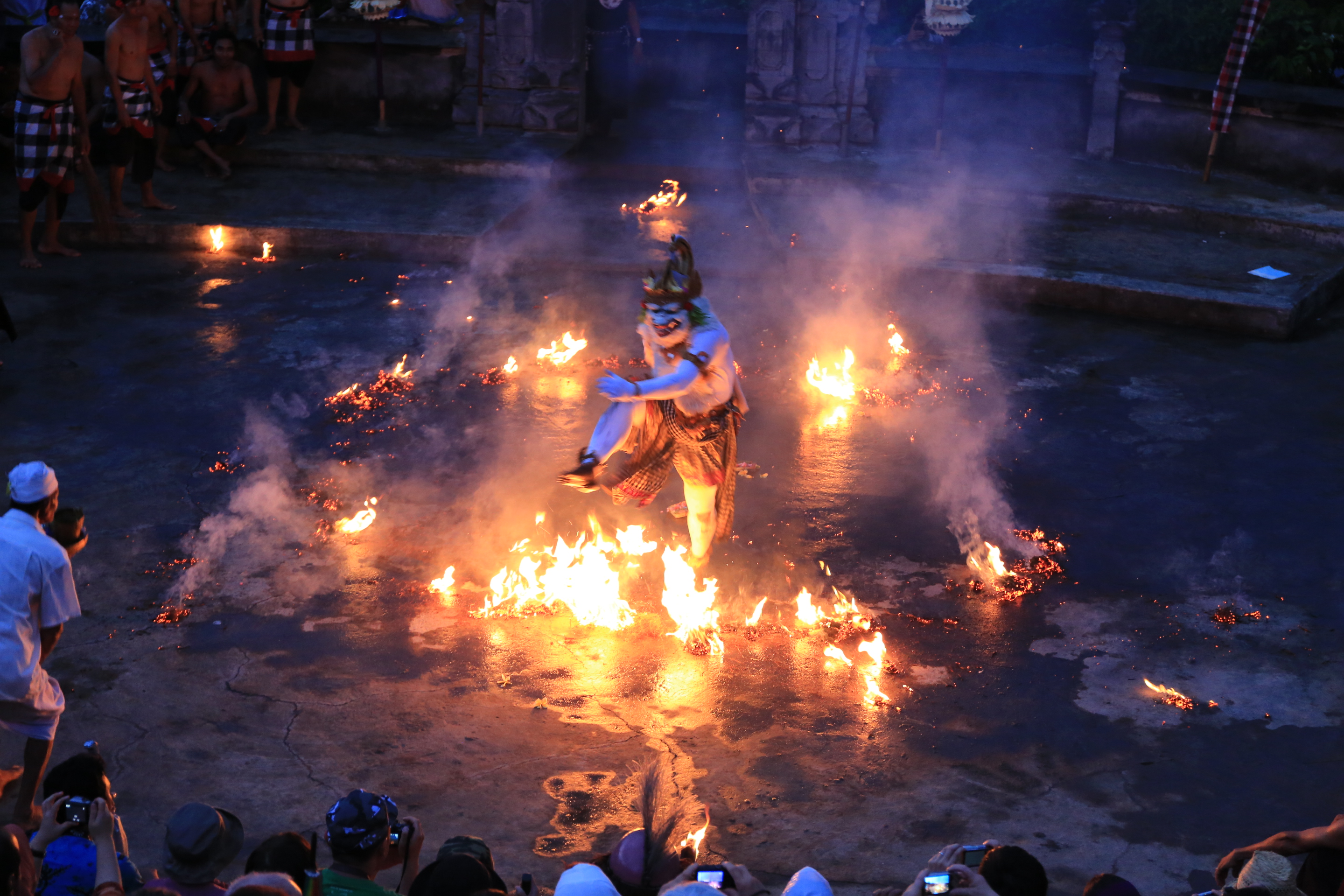
The History of Kecak Dance
The Kecak Dance, often referred to as the Ramayana Monkey Chant, is one of Bali’s most iconic and unique art forms. It originated in the early 1930s, the result of a creative collaboration between Wayan Limbak, a respected Balinese dancer and cultural figure, and Walter Spies, a German painter, musician, and scholar who was deeply fascinated by Balinese performing arts.
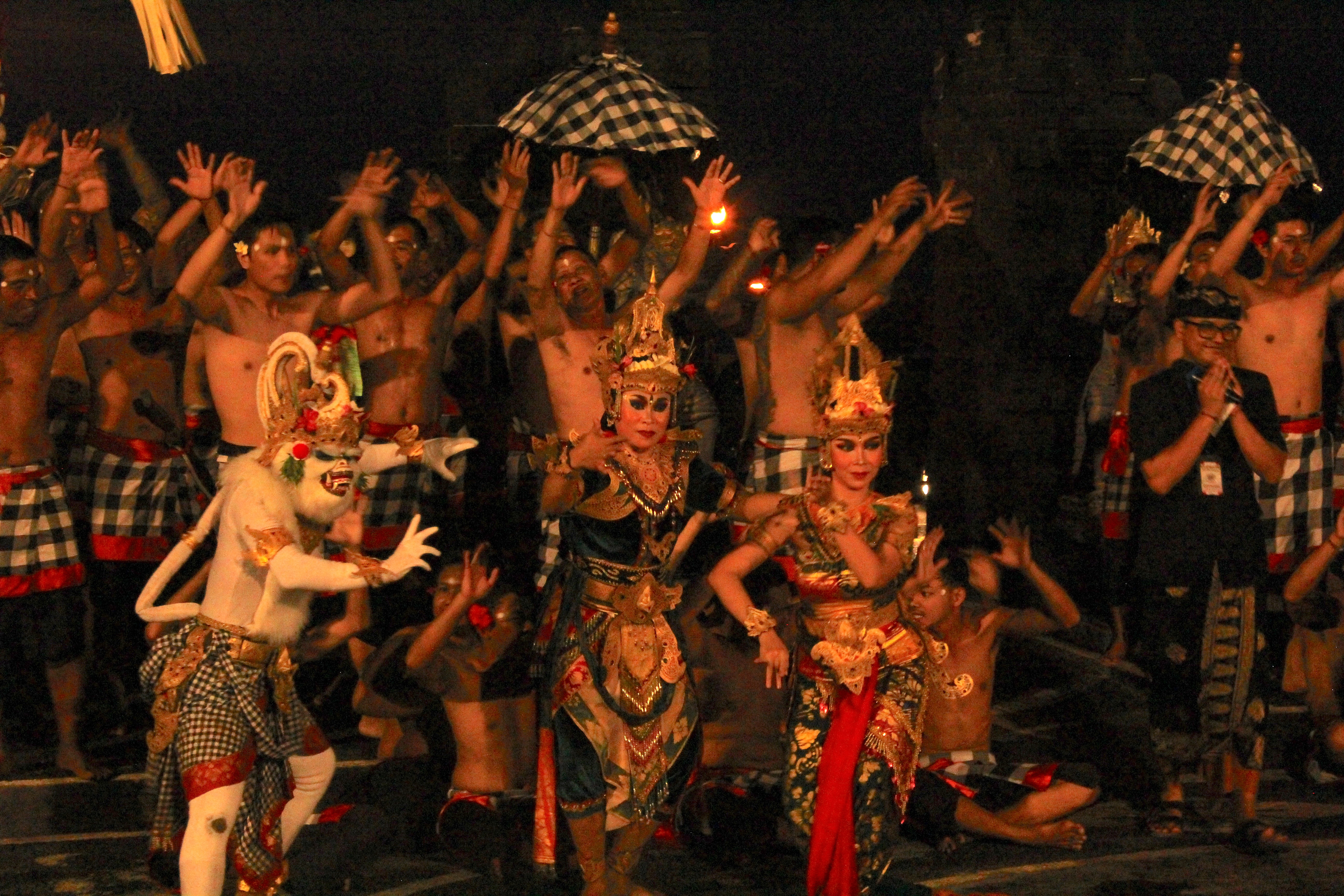
At the time, Spies was living in Bali and actively exploring ways to present traditional Balinese culture to the world. He and Wayan Limbak saw the potential of combining a sacred ritual known as Sanghyang with elements of dramatic storytelling from the Hindu Ramayana epic. The Sanghyang trance ritual, which dates back centuries, was traditionally performed by villagers to ward off evil spirits or to heal the sick. In this ritual, participants would enter a trance state, believed to be possessed by ancestral or divine spirits, while chanting in repetitive patterns.
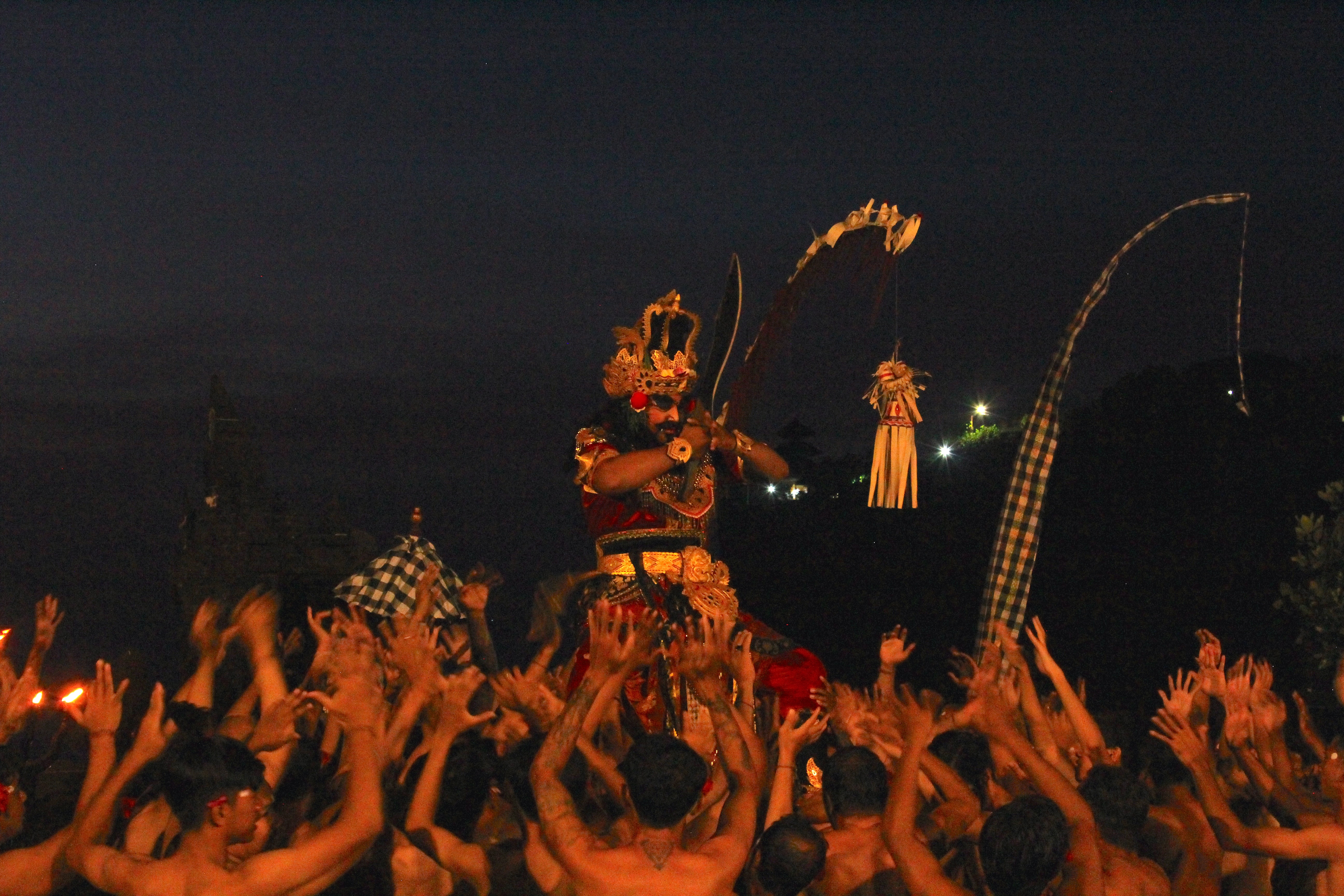
Spies and Limbak adapted this vocal chant — a chorus of men rhythmically chanting “cak cak cak” in layers of overlapping rhythm — and paired it with a theatrical narrative from the Ramayana, a story already familiar to the Balinese through temple dances and wayang kulit (shadow puppetry). The result was a groundbreaking performance style that was both deeply traditional and newly innovative.
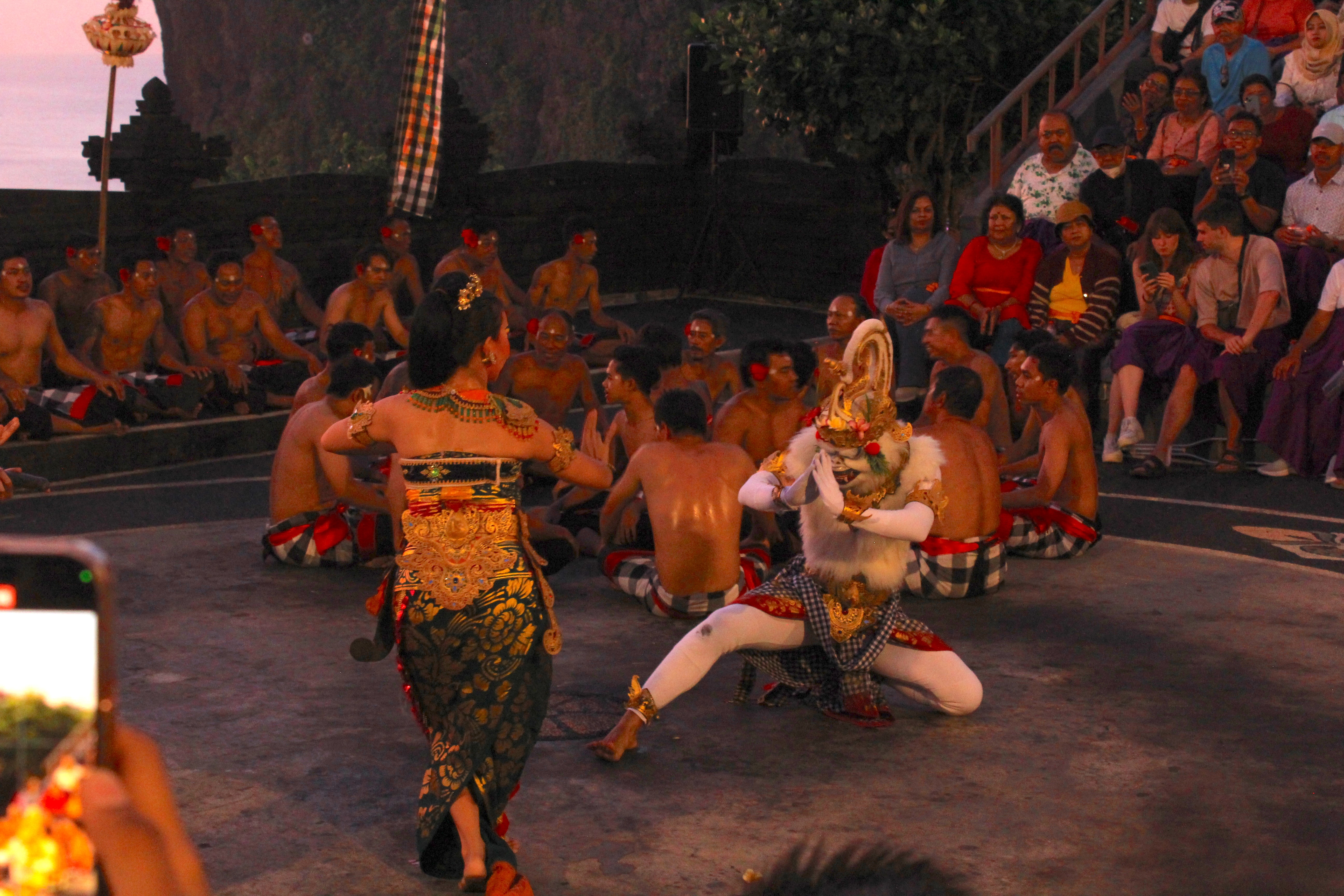
Unlike most Balinese dances accompanied by gamelan (a traditional ensemble of bronze instruments), the Kecak Dance is performed entirely without instruments. The musical texture is created solely through the voices of 50 to 70 men seated in concentric circles. Their chant acts as a percussive engine that drives the performance forward — rising, falling, and shifting in tempo as the story intensifies.

The dance quickly gained popularity, both locally and internationally, thanks to performances for visiting dignitaries, artists, and later tourists. Over the decades, it has become a symbol of Balinese identity and artistic excellence — evolving in staging and costume but still retaining its spiritual and cultural core.
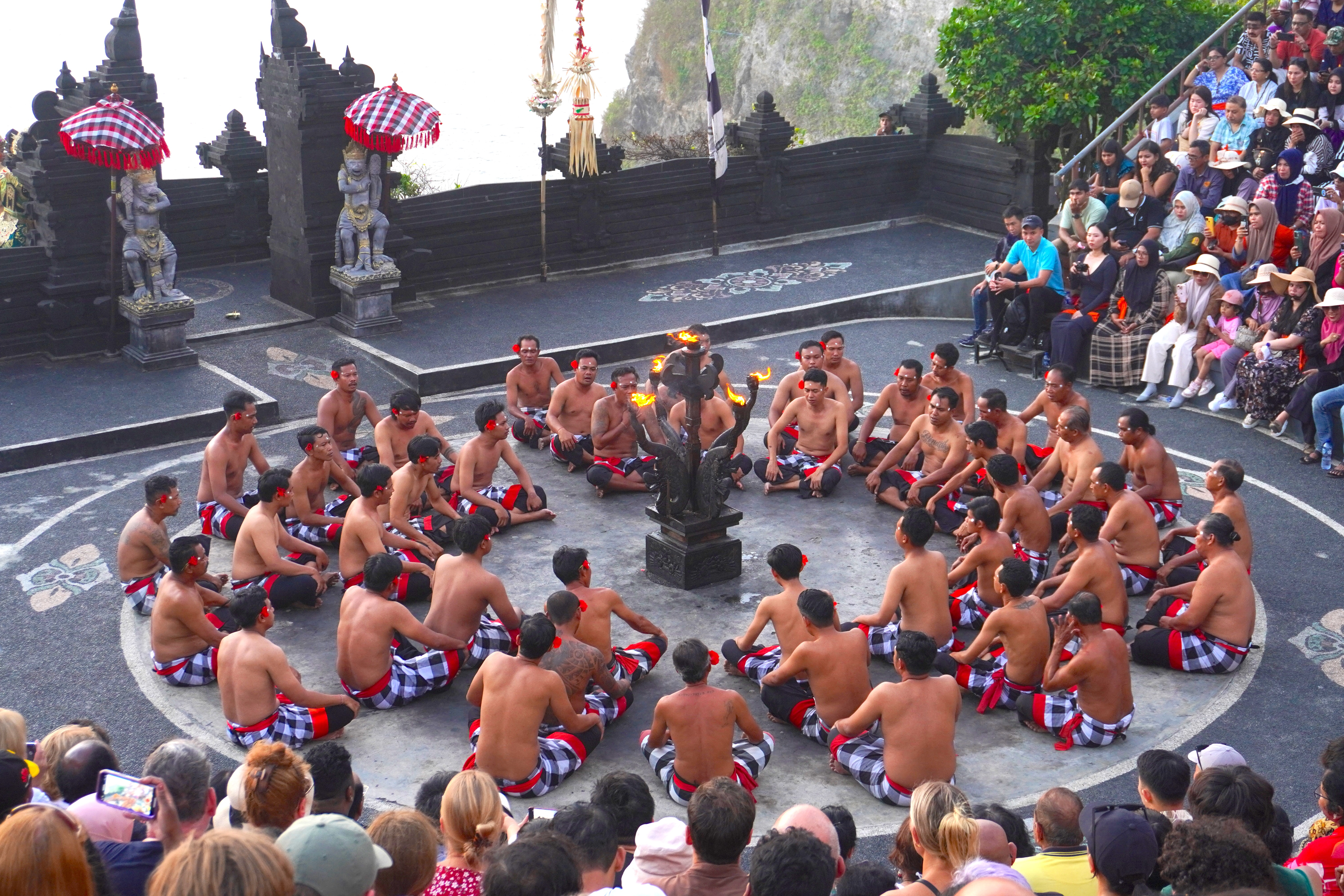
Today, Kecak Dance is not only a tourist attraction but a preserved ritual art, performed at temples and festivals as a tribute to its origins. Its international fame began as part of a cultural preservation effort, but it has since grown into a proud expression of Balinese creativity, spirituality, and resilience.
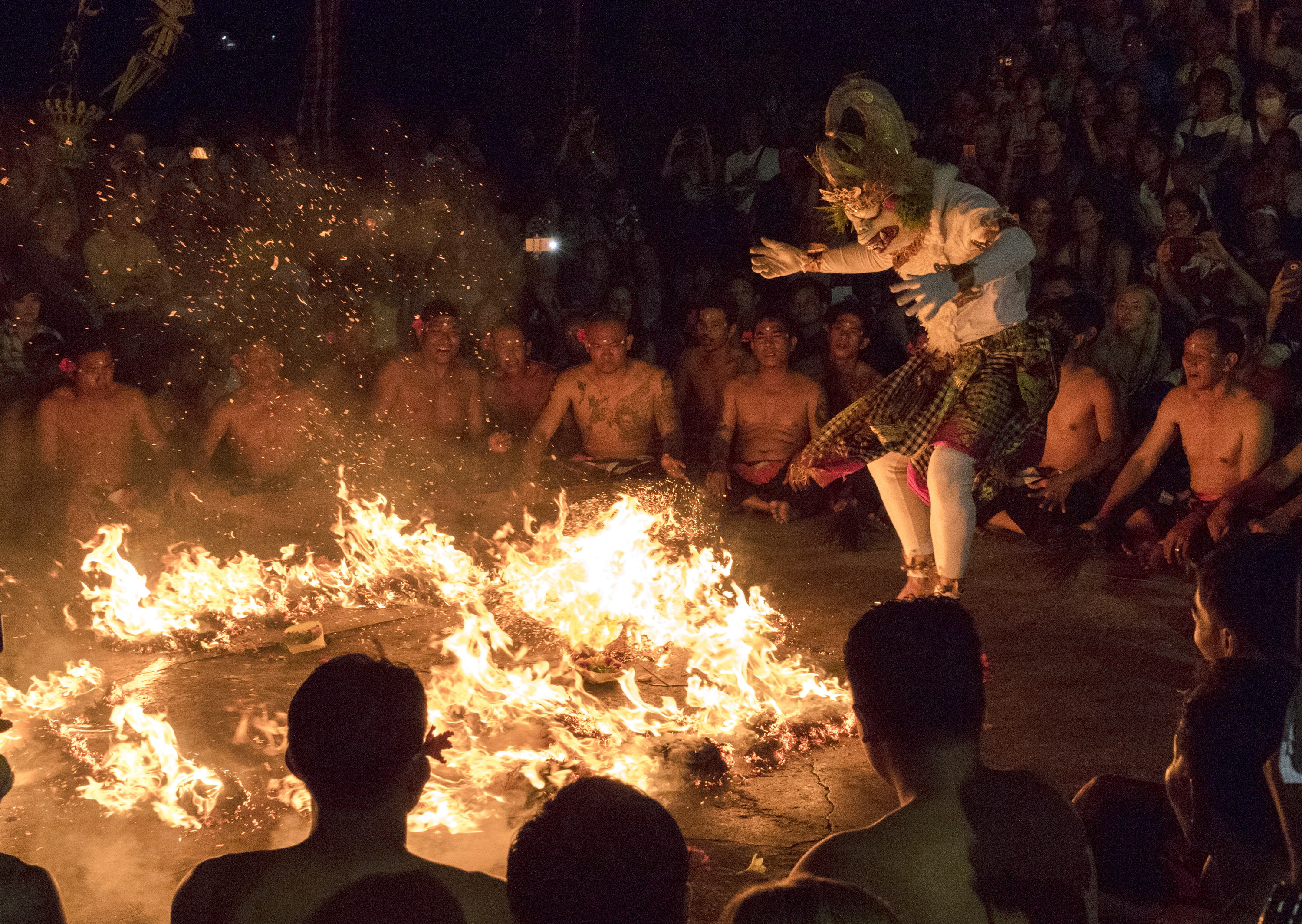
The Storyline: The Epic of Ramayana
At the heart of the dance is a legendary tale from the Ramayana, one of the oldest Hindu epics. This version focuses on Prince Rama, his wife Sita, and the battle to defeat evil.
Exile of Rama
Prince Rama is exiled from his kingdom for 14 years. He goes into the forest, joined by his loyal wife Sita and his brother Lakshmana.
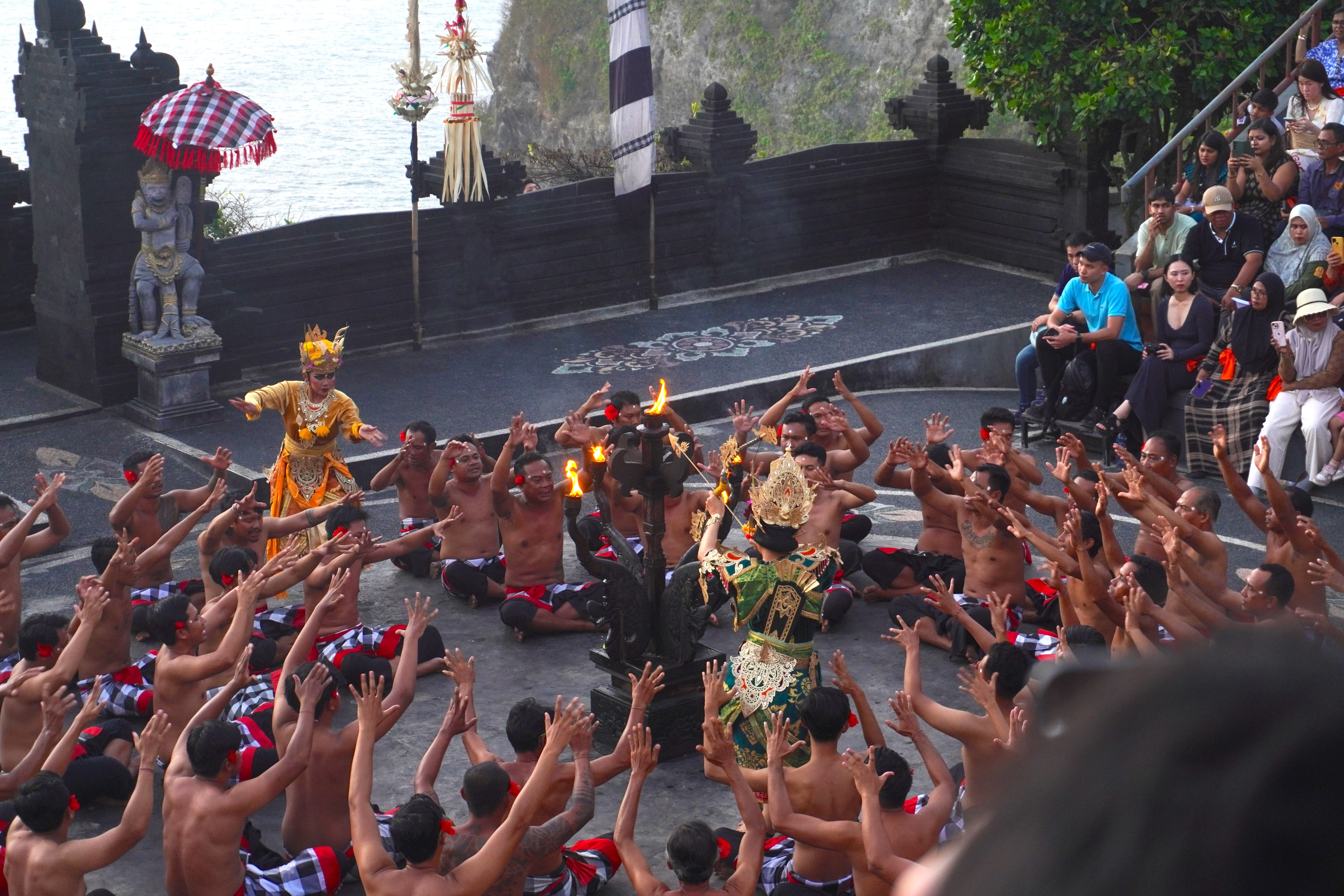
Sita’s Abduction
In the forest, the demon king Ravana sees Sita and becomes obsessed. He tricks Rama and Lakshmana into leaving her alone and kidnaps Sita in his flying chariot.
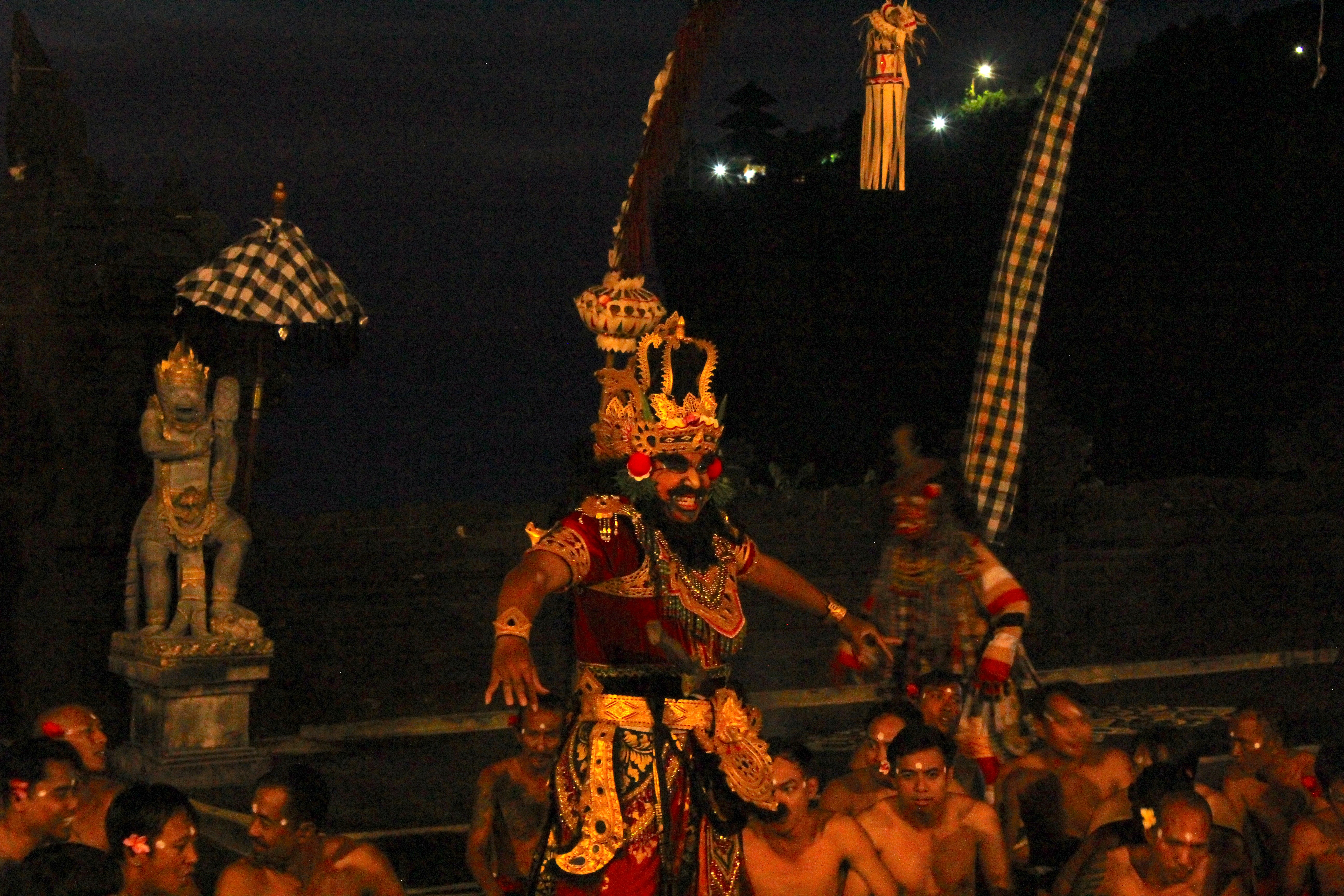
Hanuman Enters the Story
Rama seeks help from Sugriwa, the monkey king. He sends Hanuman, the white monkey god, to rescue Sita. Hanuman leaps across the ocean, finds Sita in Lanka, and brings her a ring from Rama as a sign of hope.

The Great Battle
Hanuman sets fire to Ravana’s palace. Rama then builds a bridge with his monkey army and begins a dramatic battle to rescue Sita. This is one of the most exciting scenes in the dance, often performed with real fire.

This is one of the most exciting scenes in the dance, often performed with real fire.

Love Restored
In the end, Rama defeats Ravana. Sita is saved. Their reunion symbolizes the triumph of good over evil and love over hardship.
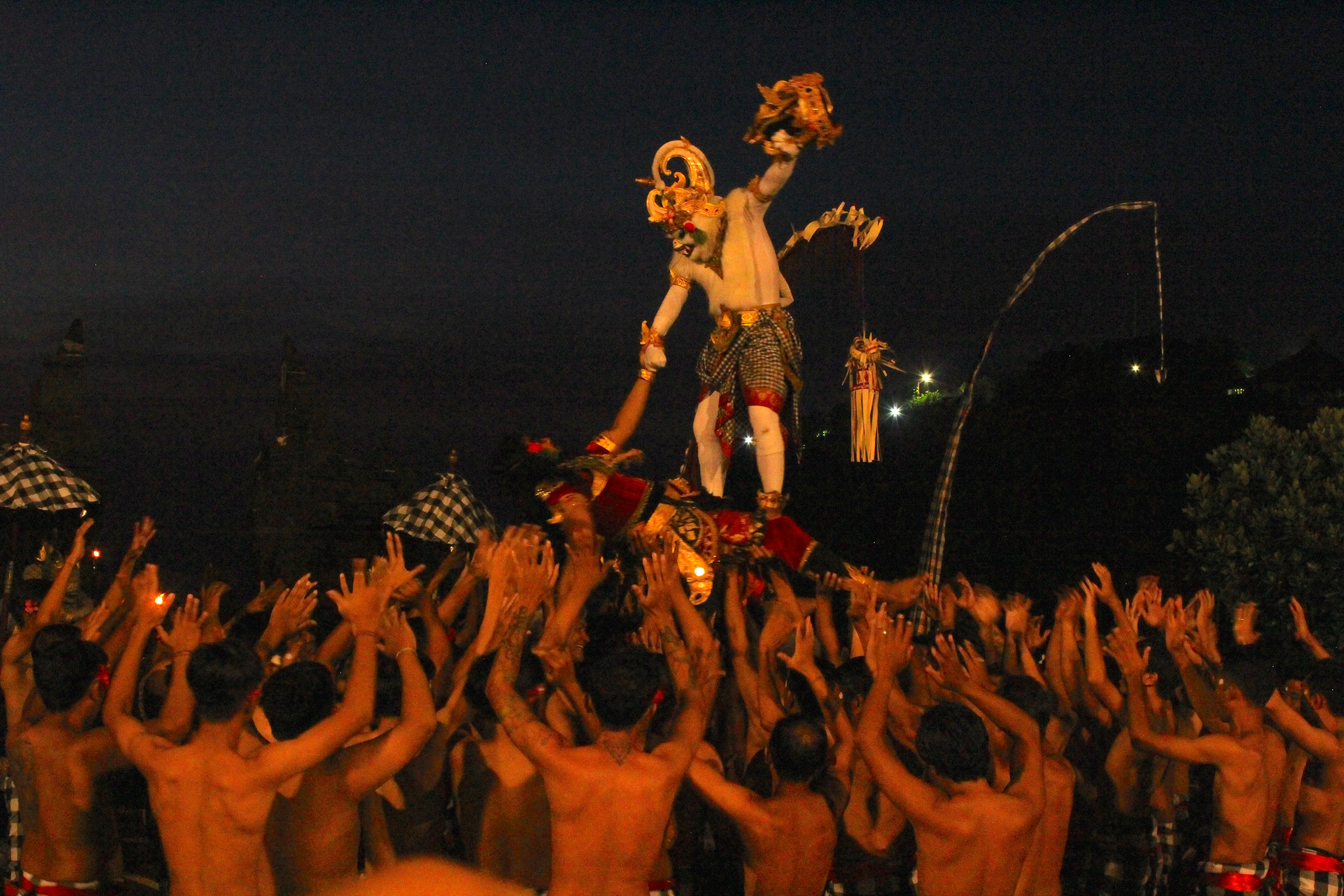
Throughout the performance, dancers play gods, demons, and monkeys with expressive movements and masks. The men’s chorus surrounds the stage, chanting continuously — creating a trance-like rhythm that drives the drama.

Why Uluwatu Temple is the Best Place to Watch
Watching the Kecak Dance anywhere in Bali is already a memorable cultural experience — but watching it at Uluwatu Temple elevates it to something extraordinary.

Perched dramatically on a limestone cliff 70 meters above the Indian Ocean, Uluwatu Temple (Pura Luhur Uluwatu) is one of Bali’s most sacred sea temples. It is not only a place of worship but also a gateway to stunning natural beauty. The temple complex is surrounded by steep cliffs, crashing waves, and endless ocean views, making it a breathtaking location even before the show begins.

As the sun begins to descend, the temple’s open-air amphitheater comes to life. The performance starts around 6:00 PM, just in time to catch the warm golden hues of the Bali sunset. The dancers appear on stage as the sky turns orange, pink, and purple — with the ocean shimmering in the distance. The timing is intentional and symbolic. The setting sun mirrors the spiritual transition in the storyline, from light to darkness, from conflict to resolution.

There is no artificial lighting or high-tech effects. Instead, the drama is enhanced by natural elements: flickering torches, ocean breezes, the rhythmic “cak-cak-cak” chant echoing through the stone amphitheater, and the sound of waves crashing far below. The ambiance feels timeless, as if the story is being told the same way it has been for generations.

Here, in this majestic setting, the line between performer and audience fades. You’re not just watching the Kecak Dance — you’re absorbed into its rhythm, its mythology, and the spiritual energy that surrounds Uluwatu Temple.
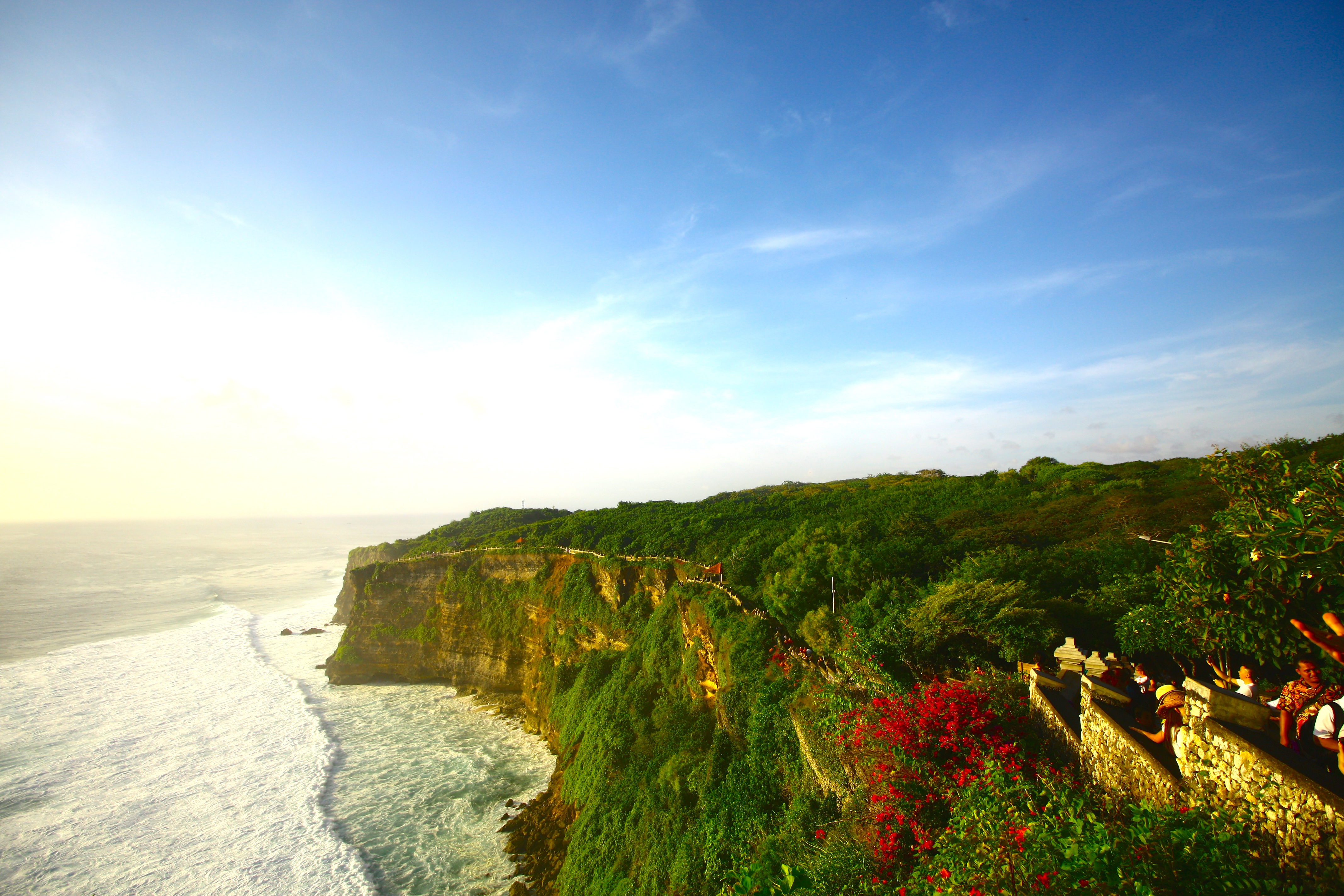
For many visitors, this becomes one of the most cherished memories of their Bali trip — not just because of the dance itself, but because of the rare fusion of nature, spirituality, tradition, and art that Uluwatu provides.
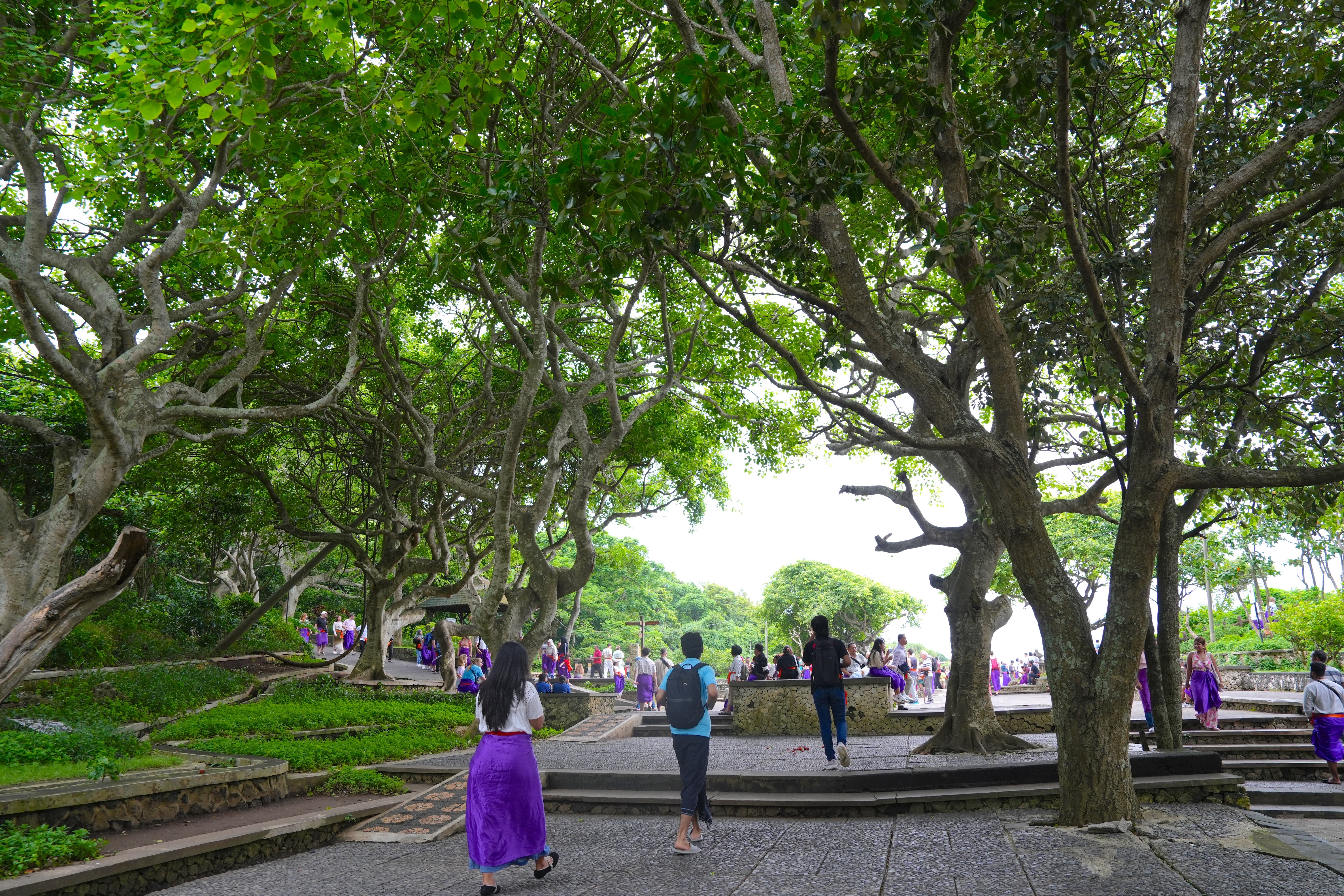
How to Book the Kecak Dance Experience
You can enjoy this unforgettable performance easily with a tour package from Kura-Kura Bus.
✨ Uluwatu Sunset Kecak Dance & Jimbaran Seafood Dinner includes:
Hotel pick-up and drop-off
Uluwatu Temple sightseeing
Entry ticket to the Kecak Dance
Optional seafood dinner at Jimbaran Bay
You can choose between:
Standard Package (seafood set menu)
Deluxe Package (includes lobster)
Booking with Kura-Kura Bus ensures a smooth and comfortable experience, perfect for travelers of all ages.
